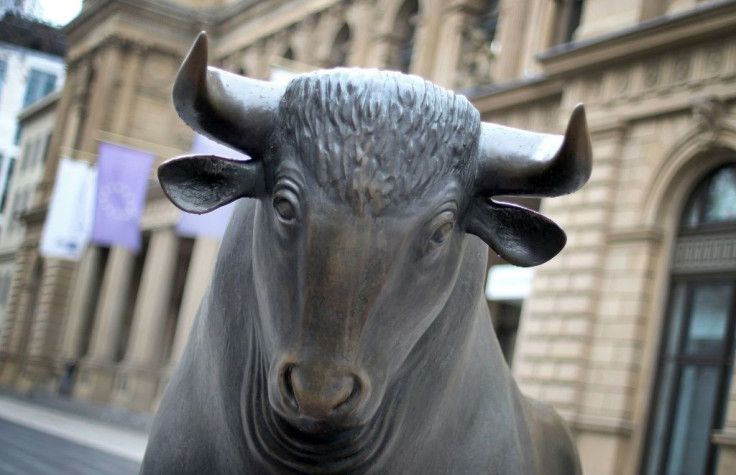The Rise Of Exchange-Traded Funds

Most of us have used regular mutual funds to invest.
These funds were the pioneers that provided a way for almost everyone to invest as little as $500.
About 100 years ago, fund companies like Massachusetts Investors Trust and American Funds created the first mutual funds.
The idea was to pool money from several investors and pay professionals to manage it. This was often referred to as the democratization of investing. It has worked so well that there are over 9,000 mutual funds.
In 1993, we saw the emergence of exchange-traded funds (ETFs).
ETFs enabled investors to buy a basket of stocks and bonds that are bundled under one entity that trades like a stock. That entity is an ETF. There are about 2,300 ETFs.
Let’s dig a little deeper into the differences between these two ways of investing. There are four main differences.
Regardless of when the investment is made, a mutual fund is priced at the end of the trading day.
Since an ETF trades like a stock, you will know its value at any time of the day. You can buy or sell it at any time during the trading day and you will immediately know its value and determine if you have a gain or loss.
The second issue to consider is transparency.
Mutual funds are required to disclose their holdings on a quarterly basis.
ETFs were required to disclose their holdings on a daily basis. That is why all ETFs, in the beginning, were index funds.
Active managers did not want to use an ETF because it would disclose their holdings and people could just mimic what they were investing in. It would be like stealing their guarded investment secrets.
This changed when the SEC published a regulation in 2019 that allowed active managers to disclose their holdings on a quarterly basis instead of daily. These were called Active Semi-Transparent ETFs.
As a result, several traditional mutual fund companies are either converting existing funds creating new ETFs. Companies such as Blackrock, Dimensional Fund Advisors, New York Venture, State Street and Vanguard have created a stable of ETFs.
More people are learning about ETFs and using them.
The third consideration is cost.
The management costs of ETFs are significantly lower than traditional funds.
The average cost of ETFs has gone up slightly because it is more expensive to manage an actively managed ETF.
The final issue to deal with is taxes.
The main tax issue is the treatment of capital gains.
When a mutual fund has a capital gain by the end of the year it is passed along to the investor. The investor will receive a Form 1099 in the first part of the next year showing any gain.
Either the investor or the advisor should look at the portfolio near the end of the year and check with the companies for whatever capital gains will be declared. You may have some losses with other funds to offset some of the gains. This must be done by the end of the year.
This is not a problem with an ETF.
There are no internal gains passed on to the investor.
The only time there is a gain or loss is when the ETF is sold. If an ETF has been held longer than 12 months, it would qualify as a long-term capital gain and, in many cases, be taxed at a lower rate.
Always check with your accountant regarding the taxation of funds in your portfolio.
There is a clear trend indicating investors are gradually preferring the use of ETFs.
According to the Investment Company Institute, there is $23.9 trillion in traditional mutual funds and $6.96 trillion in ETFs.
In subsequent columns, I will cover specific criteria to use when selecting a fund.
Vern Hayden is a certified financial planner and the author of “Getting an Investing Game Plan.”
© Copyright IBTimes 2024. All rights reserved.




















